A Proper Use of Car’s Hazard Lights: When To Use Them and When Not To
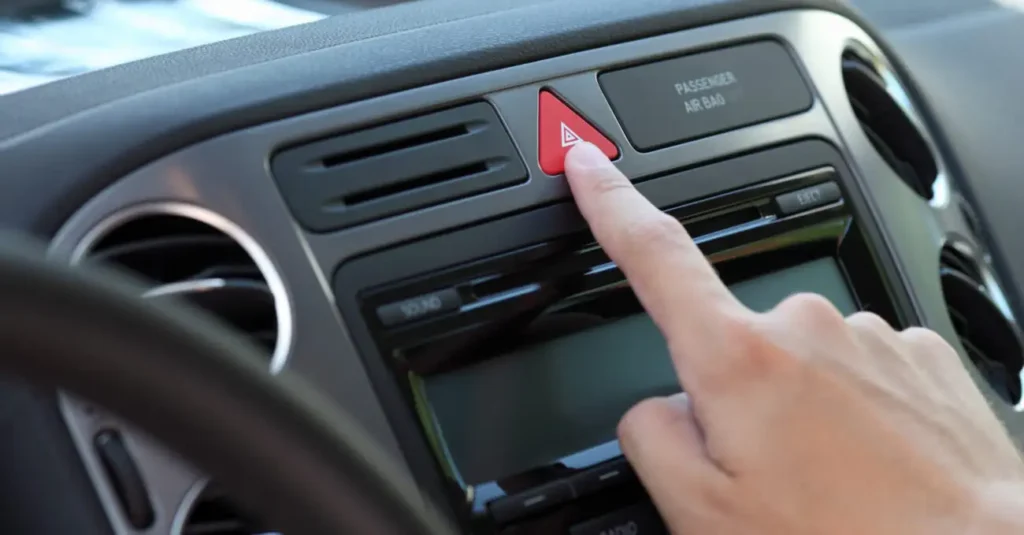
However you prefer to call them i.e. emergency lights, hazard warning flashers, or simply hazards, hazard lights have been around for a long time. But they weren’t always offered as standard equipment, having been optional on the Buick Skylark during the 60s, until General Motors made them standard on all vehicles by 1967.
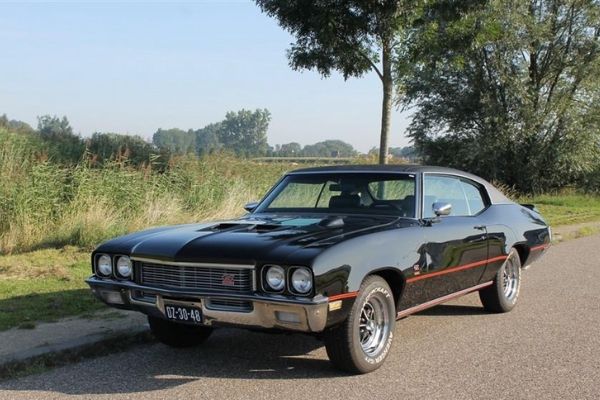
The Buick Skylark, one of the first few cars to come with optional hazard light.
Today, hazard lights are required for all cars, whether sold here or abroad. International standards also require that hazard lights be independent of the turn signal, that they can be turned on and off at will, and should have audio-visual cues to tell whether they’re engaged or not. One hazard flasher should be present in each of a vehicle’s corners.
Okay, so those small lamps actually have a use on your car. But the question is, when do you use them?

Here’s a perfect example of when to use hazard lights Philippines.
When to use hazard lights
According to the 1968 Vienna Convention on Road Traffic, to which the Philippines is a contracting party, a driver may only use his/her hazard lights to warn other motorists of a particular danger. One example of this is when your vehicle is stationary in the middle of the road and cannot be moved, whether due to mechanical breakdown or being involved in an accident.
Another scenario would be if you’re traveling ahead of a pack of other cars, then you come across the scene of a road accident, which can potentially impede traffic. As the drivers following you might not see what’s ahead of you, flashing your hazard lights warns them to slow down.
If we elaborate further on the regulations laid down by the Vienna Convention:
- Hazard lights provide a visual reminder to other road users that your vehicle has turned into a temporary obstacle on the road, including when you’ve pulled over to the side of the road to address a mechanical problem and when your car is in the process of being towed.
- Funeral processions involving a large convoy of vehicles are generally considered exempted i.e. they can technically use their hazard lights even when they’re in motion. This might actuallly be a bone of contention for some of you out there (in the absence of a specific provision), but in the Philippines and some parts of the US, it is customary to engage hazard lights when driving slowly, as in a funeral.
- As a general rule however, only use hazard lights when your vehicle is fully stopped in the middle of the road and is unable to proceed under its own power. In other parts of the world, responding Emergency Medical Services consider hazard lights as a distress call, like when you’re having a stroke, or choking on that piece of dimsum you were eating while driving. In short, only use your hazard lights when you’re in a *real* emergency.
Hazard car lights: When not to use them
Bad weather
The Vienna Convention on Road Traffic has been incorporated into Philippine law in 1964, and here’s what Article 32, Paragraph 13 says:
“Hazard warning signal may be used only to warn other road-users of a particular danger: (a) When a vehicle which has broken down or has been involved in an accident cannot be moved immediately, so that it constitutes an obstacle to other road-users; and (b) when indicating to other road-users the risk of an imminent danger”
There are no existing provisions for using your hazard lights when driving through inclement weather like fog and rain that obscures normal visibility; using your headlights would be a better alternative. If that isn’t enough, you can switch on your auxiliary lights such as fog lamps.
Hazard light use in low visibility situations will only confuse other motorists, because it will be difficult for them to tell whether you’re about to make a turn or not since you can’t use your turn signals with the hazards engaged. We suggest that you use your signal lights, pull over to the curb, park in a safe spot and wait for the weather to clear up. Besides, if visibility is particularly bad anyway, the you shouldn’t be venturing out in the first place.
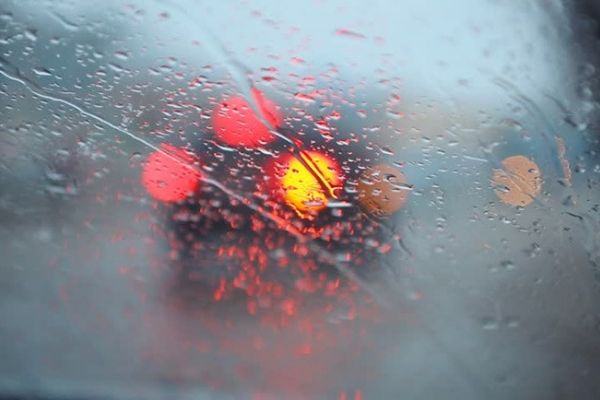
Using your hazard lights in heavy rain is a recipe for a multi-car pile-up
Heavy traffic
If you’re using your hazards when driving through heavy traffic, you really need to stop that habit. Zipping through traffic will invariably require you to switch between lanes, which means you’ll have to use your turn signals. And since turn signals on many car models are unusable while the hazard lights are engaged, it will be challenging for other drivers to tell where you’re going, which can result in a mishap.
And unless you’re signifying an actual hazard, the lights may cause other drivers to take their eyes off the road in search of anything that might constitute imminent danger, which is hazardous in itself.
Parking illegally
Flashing hazard lights used to be the go-to move of certain drivers who would stop at random areas to park or wait, and it’s been done so often to the point of being a cliché. It can be infuriating for other motorists whose lane is obstructed.
Hazard lights are not supposed to be used to mark a certain spot as your territory where you can park as you please; if anything, using them for that purpose just tells other drivers that you lack etiquette and manners. Just find a proper spot to stop and park; that way, you won’t need to obstruct anyone else, whether vehicular or pedestrian traffic. .
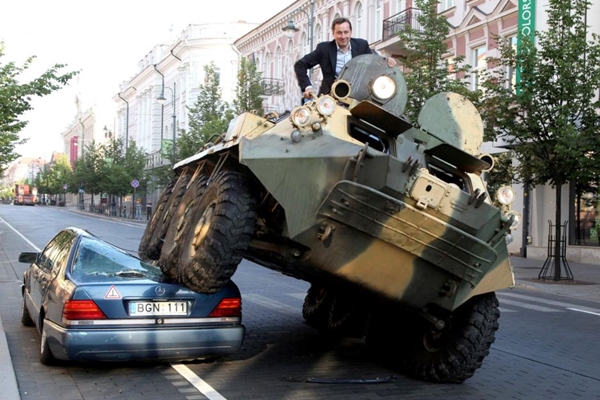
While some might not be covered by ordinances, these were still painted on for a reason
Pulling over
For some inane (or insane) reason, some select few motorists here in the Philippines actually use their hazard lights when pulling over to the side of a busy road, even when there’s nothing wrong with their cars. And sometimes this would involve crossing multiple lanes! We’ve observed this happen several times already. Obviously, using the turn signals would be more appropriate. Some might acknowledge making this mistake, but mistakes like these should have been caught and corrected as far back as the practical driving test, before they earned their licenses. Get our point?
When to use your hazard lights: Conclusion
As we said, your car comes with hazard lights for a reason, and they shouldn’t be used indiscriminately or recklessly. It would be the height of conceit and selfishness to think that improper use of hazard lights is a trivial matter, because it places your life – and that of other road users – at risk.
Using your hazard lights well is not just a matter of following the law, it’s also part of exercising common sense.
– Cesar G.B. Miguel (philkotse.com)




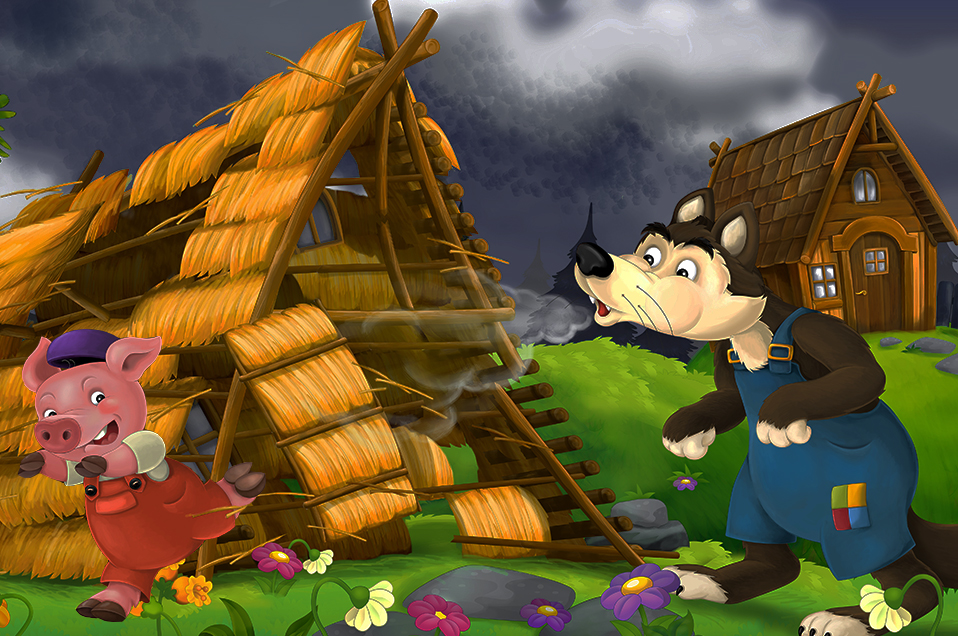




Responses